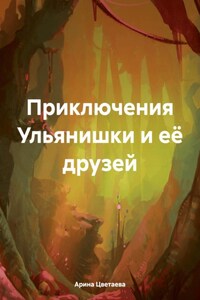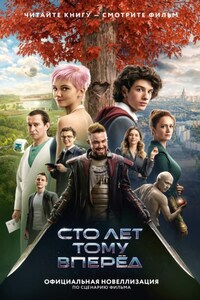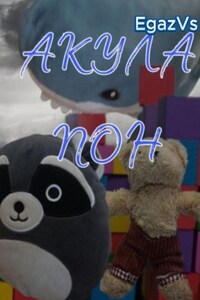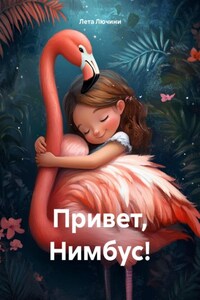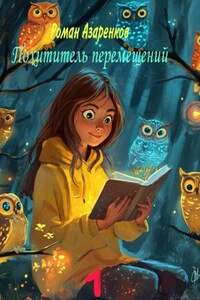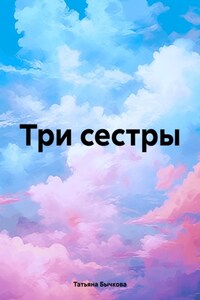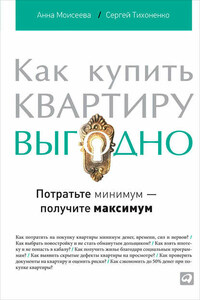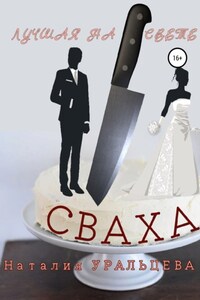First published in Great Britain by HarperCollins Publishers Ltd. in 1990
This edition published in Great Britain by HarperCollins Children’s Books in 2019
Published in this ebook edition in 2019
HarperCollins Children’s Books is a division of HarperCollinsPublishers Ltd,
HarperCollins Publishers
1 London Bridge Street
London SE1 9GF
The HarperCollins website address is
www.harpercollins.co.uk
This selection and layout copyright © HarperCollinsPublishers Ltd. 2019
Introduction and Notes copyright © Neil Philip 1990
Illustrations copyright © Patrick James Lynch 1990
All rights reserved.
Cover design © HarperCollinsPublishers Ltd 2019
Patrick James Lynch and Neil Philip assert the moral rights to be identified as the illustrator of the work and the author of the introduction and notes respectively.
A catalogue record for this book is available from the British Library.
All rights reserved under International and Pan-American Copyright Conventions. By payment of the required fees, you have been granted the non-exclusive, non-transferable right to access and read the text of this ebook onscreen. No part of this text may be reproduced, transmitted, downloaded, decompiled, reverse engineered, or stored in or introduced into any information storage and retrieval system, in any form or by any means, whether electronic or mechanical, now known or hereinafter invented, without the express written permission of HarperCollins.
Source ISBN: 9780008253042
Ebook Edition © November 2018 ISBN: 9780008190095
Version: 2018-11-27
For Roisín
NP
For Katrina
PJL
The Irish are a nation of talkers, and over the years their talk has run richly and naturally into story. Folk and fairy tales of all kinds abound, from long sagas of legendary heroes to personal accounts of dealings with the fairies, from wonder tales full of magic and transformation to comic anecdotes about local characters, from legends of saints or popular history to shivering ghost stories.
The Irish fairy tales in this book are chosen from two volumes edited by the Irish poet William Butler Yeats when he was a young man: Fairy and Folk Tales of the Irish Peasantry (1888) and Irish Fairy Tales (1892). They offer examples of various kinds of story, and various ways of writing down stories which were meant to be heard, not read. But most of all they concentrate on the fairies themselves, creatures which fascinated Yeats, who all his life was entranced by the otherworld. He yearned to know more about these “Nations of gay creatures, having no souls; nothing in their bright bodies but a mouthful of sweet air.”
On the fourteenth of October, 1892, he was rewarded with a strange experience, which he described in his book The Celtic Twilight. Here is his account from a letter written the very next day:
I went to a great fairy locality – a cave by the Rosses sands – with an uncle & a cousin who is believed by the neighbours & herself to have narrowly escaped capture by that dim kingdom once. I made a magical circle & invoked the fairies. My uncle – a hard headed man of about 47 – heard presently voices like those of boys shouting & distant music but saw nothing. My cousin however saw a bright light & multitudes of little forms clad in crimson as well as hearing the music & then the far voices. Once there was a great sound as of little people cheering & stamping with their feet away in the heart of the rock. The queen of the troop came then – I could see her – & held a long conversation with us & finally wrote in the sand “be careful & do not seek to know too much about us”.
Others have received much the same warning. Old Biddy Hart told Yeats much about the fairies, but for long she turned his questions aside with, “I always mind my own affairs, and they always mind theirs.” Another informant, “Paddy Flynn, a little bright-eyed old man, who lived in a leaky and one-roomed cabin in the village of Ballisodare” answered Yeats’s query as to whether he had ever seen the fairies with the long-suffering, “Am I not annoyed with them?” Yet another, an old Galway countryman renowned as a seer and healer whom Yeats calls Kirwan, told him, “I see them in all places, and there’s no man mowing a meadow that doesn’t see them at some time or other.” Yeats’s home district in County Sligo was full of such beliefs.
Yeats was born in Dublin in 1865, and died in 1939. He won the Nobel Prize for Literature in 1923, and he was the central figure of the Irish literary revival in the early years of the twentieth century. Much of that revival, including the work of Yeats and his close friends Lady Augusta Gregory and John Millington Synge, drew its strength from the rediscovery of traditional story and traditional speech. Yeats’s two collections of Irish fairy tales stand at the head of this rediscovery. Indeed he said of


